When eating a keto diet or any type of diet, know that weight loss will ultimately stall at some point.
The aim is to break the weight loss plateau and march on to our ideal weight, but finding a remedy is not always so easy.
99% of people will encounter a plateau at some point either when trying to build muscle or lose fat.
Sometimes it does not mean you are doing anything wrong just that to need to modify your approach or nutrition plan.
Changing what you eat, when you eat, your fitness plan or surroundings is key to busting through weight loss plateaus.
The idea is to make small changes to your current lifestyle to kickstart the fat loss.
We are going to talk about what to do when you hit a plateau on a keto diet and things that you can do to reset your body.

Keto Diets and Plateaus
When you are looking at fat, muscle, and overall weight loss, many circumstances go into getting the results that you require.
Cutting out sugar from your diet and burning ketones will provide health benefits that occur from being in ketosis.
Some things that affect results unrelated to food are activity levels and the type of exercise that you do, stress levels, the amount of quality sleep.
With meals, you should think about how much protein you eat, calorie deficit, and the time you eat your meals.
Most people follow a keto lifestyle for the initial goal of losing belly fat.
When you are eating keto, you want to start with your long-term intention.
Understand what your goal is and make a sensible nutrition and diet plan. Set up the correct calorie deficit set up for your target weight.
Your body is trying to reduce energy expenses if you are burning fewer calories than you are taking in a day, thus stalling weight loss.
Many factors go into how much energy your body is using, but overall you have to burn more calories than you eat to lose weight.
To prevent plateaus, you also have to have a calorie deficit.

As your weight decreases, you also need fewer calories to maintain that calorie deficit you initially set up when you started eating keto.
Your body will not be burning as much energy, or you are not at that percentage of that calorie deficit that you initially started for your goals.
People who start keto, Paleo or a low carb diet will often have immediate success where they lose up to 7 pounds in the first week then experience a plateau.
It can be frustrating, but if you are still losing a couple of pounds a week, then that is amazing, and you are not doing anything wrong.
It is important to remember the rate at which you lose weight will not stay consistent throughout this journey.
As long as the weight is dropping, then don’t lose hope.
If you hit that dreaded weight loss plateau and not losing weight, then here are 10 things you can do to break the cycle.
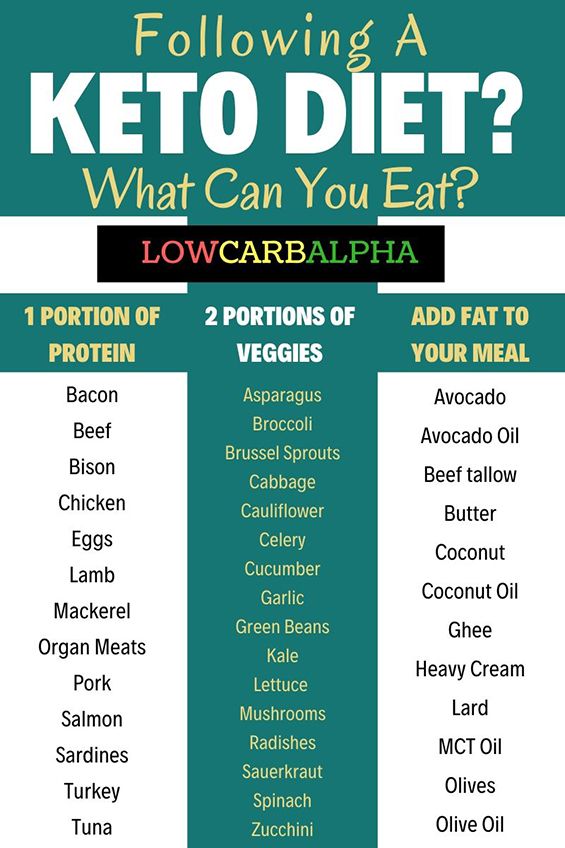
Increase Activity
As with any diet, you may follow, getting more exercise is essential for long-term health and wellness.
On keto, it is good to perform weight training a few times a week to maintain and build muscle.
Weightlifting combined with aerobic or HIIT activity a few times a week will help break plateaus and accelerate fat loss rapidly.
The more active you become, the more calories you will burn.
Increasing activity levels allows you to feel less guilty about tucking into the occasional cheat meal.

Sorting Macros
As your weight decreases, you need to look at recalculating your daily macros as the calorie deficit that you started is now smaller.
When calorie deficit gets smaller, your weight loss will also get slower.
Eventually, with what you started as a deficit level, as you lose weight, that becomes your new maintenance level.
If your goals are still to lose weight, then you have to recheck that keto calculator.
Simply update your current information to get on and stay on track with your goals.
The quicker you lose weight, the sooner you should recalculate macronutrients to make sure you are on the right track.
Take a Calorie Break
If you are stuck in a restricted eating routine, you can try taking a short break from calorie reduction.
Sometimes if you have significant weight loss goals, your body can almost go into a starvation mode.
Problems arise when you are eating at a high severe calorie deficit mode. Your body holds on to those calories and does not burn them due to changes in your metabolism.
You could try taking a week off from calorie restriction and resume the following week.
Do not neglect to eat a variety of vegetables but the idea is to keep the body guessing and what is coming next.
Reduce the Calorie Deficit
If you are borderline maintenance, you may want just to decrease the total calorie deficit.
Having a severe calorie deficit, such as 50%, can also decrease your metabolic rate.
If your fat stores in your body can cover your deficit, then you are ok.
As fat stores decrease, then you will want your calorie deficit percentage to reduce as well. That way, it does not influence your metabolic rate.
If your metabolic rate falls, you are once again, not burning energy and calories the same as you would require.
Monitor your Calories
It is essential to track your calories and your carbs when trying to lose fat and break a weight loss plateau.
Many people eating keto just look at carbs and aim to stay under 50g of carbs a day and wonder why their progress has stalled.
Typically when we start to eat low carb high fat, it is much more difficult to overeat compared to high-carb.
If we eat high fat and high/moderate protein foods, we get full quicker.
Cutting carbs will decrease hunger, and we will naturally have fewer calories in the day.
When you are eating high-fat foods with keto, it is also much easier to pack in many calories in one eating session.
Overall, make sure you are not going too high on your daily calories, or it will stall your weight loss goals.

Not Measuring Food
Are you positive you are experiencing a weight loss plateau on a ketogenic diet?
Sometimes if your eyeballing meals chances are the macro measurements are not on point.
There are so many snacks you can overeat on, such as nuts and seeds, yogurt, and berries.
If you do not weigh out meals and snacks, then you may be eating an extra 500+ calories every day without knowing.
All the surplus calories put your body in maintenance mode far away from the fat-burning mode.
Eating the right Protein
Make sure you are eating the right amount of protein.
The macro requirements will be different for either a typical low carb eating plan vs. a ketogenic plan.
If you are overeating protein, then it will store in your muscles as glycogen.
Too much protein affects your body as it has to use it before it can revert to ketones.
Also, if you are not eating enough protein, your body will start to break down hard-earned muscle as part of the process of ketosis. It can impede your weight loss process.

Intermittent Fasting
If stuck in a weight loss plateau one of the best things to do to ramp up metabolism is intermittent fasting.
Multiple meals every day is very taxing on the digestive system. Have you ever stopped to wonder you are eating too often?
Fasting allows your blood sugar and insulin levels to revert to baseline levels.
When you are in a fasting state, your body will switch to burning ketones for fuel and shift you to a fat-burning metabolism.
As simple as is sounds, fasting can make a massive difference in busting a plateau.
With fasting, you will typically eat less and are more satisfied after finishing meals.
It can make it simpler to stay on track with your target macros and to hit calorie deficits.
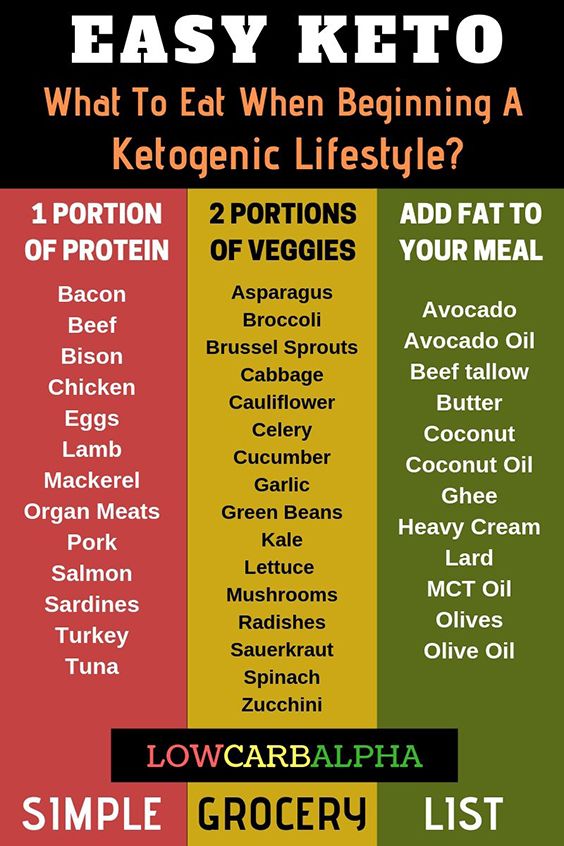
Be Consistent
If you are following a keto diet, you need to be consistent with your eating.
If you have a cheat day, it will take you days up to a week to get back into nutritional ketosis.
One meal can ultimately set your progress two steps back.
If you cannot stay in nutritional ketosis, then it is a good idea to supplement with exogenous ketones.
If you are not trying to obtain a flat stomach but have a difficult time staying under 50g of carbs a day you want to stay consistent with your eating plan so to not overindulge in high-carb snacks.
Allowing yourself a cheat day is not a problem providing you get back in gear after the meal finishes.
Just do not be alarmed when you step on the scales, and your few pounds heavier.
It is merely water weight gained back from the carbs you have eaten with your cells holding onto fluids from the change in your diet.
The bottom line is it crucial to stay consistent when on a low carb keto lifestyle.
Medical Problems
Weight loss can hit a wall even if you are doing everything correctly.
If you have tweaked and changed many things in your diet and lifestyle but still have the same appearance, you may have a problem with your thyroid gland.
It plausible you could have underlying medical conditions such as hypothyroidism, adrenal fatigue, bad digestive problems, or gut health.
You would want to make an appointment with your doctor and get some blood work done to see if you need medication.
Hitting a plateau is always frustrating, but most of the time, it only takes a few simple tweaks to kickstart fat burning.
These ten tips should help you get the scales moving in the right direction and maintain a keto lifestyle with ease.
Have you had little or no change in weight and stalled after a period of following a high-fat diet?
Let us know your techniques with stalled weight loss and to bust through a plateau.

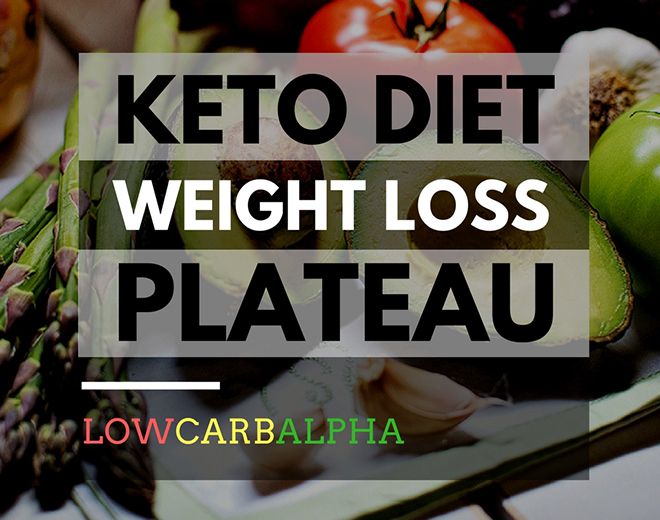


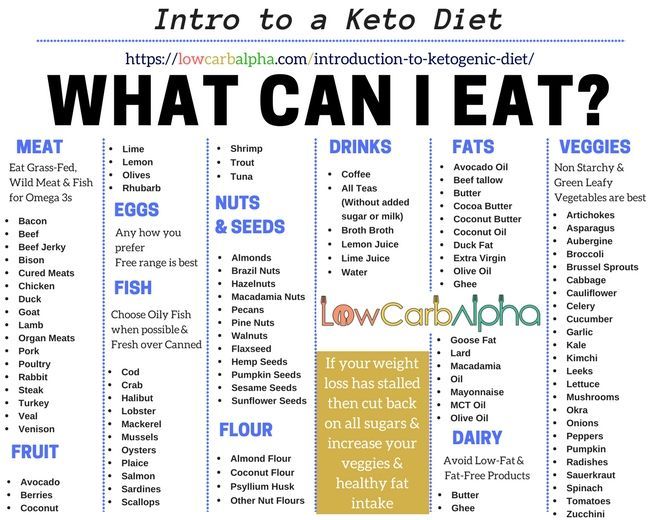
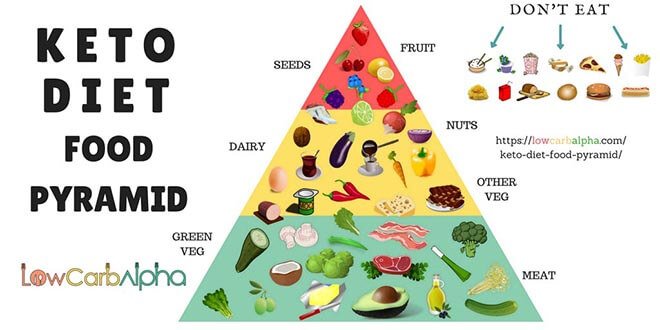

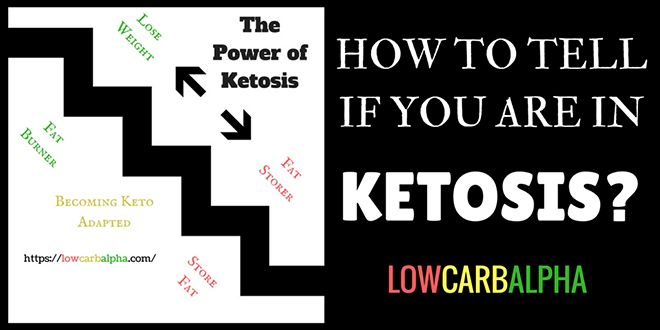
i was at a plateau for 3 weeks….then i ate a huge carb meal of pizza and then cereal the next day….then went back to keto the rest of the week and bam…down 6 pounds!
I lost 48lbsdoing keto but the whole time i was having cheat days everything was fine until i hit 260lbs thank you for the info did help… plus i thought i could get out of working out i was doing more the carnivore diet meat eggs and very little carbs maybe hmm 10gms a day with those atkins shakes man those things were a life saver but after reading this article i think i will eat mor carbs and work out for now im bulking trying to gain back some lost muscle